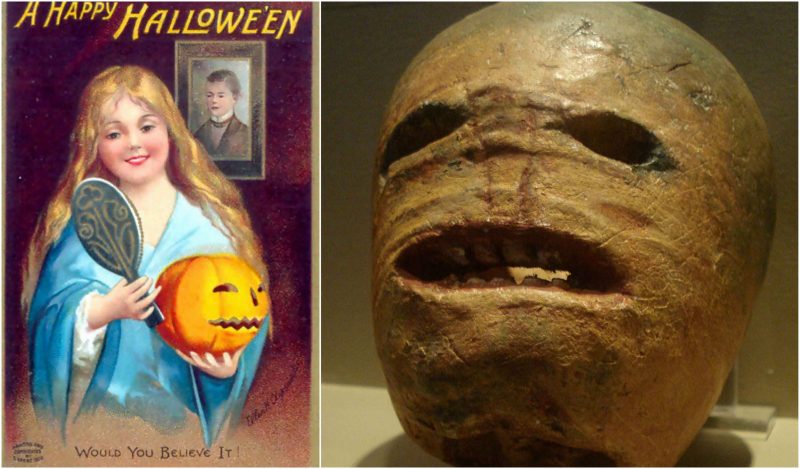The carved pumpkin lantern has been the symbol of Halloween since the early 19th century. But how did it become so? Did people just all of a sudden start carving pumpkins for the 31st of October?
Apparently, as the legend goes, they just wanted to frighten someone. They wanted to scare away the ghost of Stingy Jack, who has been wandering around ever since he made a deal with the Devil.
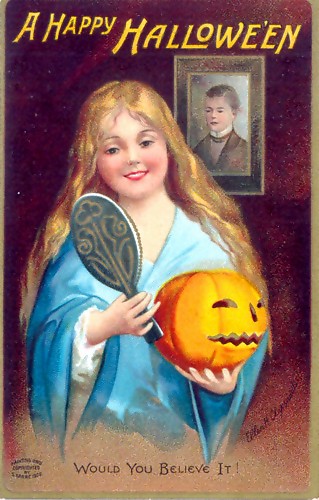
According to the legend, one evening Stingy Jack decided to have a drink in a pub with the Devil.
Faithful to his name, Stingy Jack didn’t want to pay for drinks and convinced the Devil to turn into a coin so that he could pay. The Devil agreed but when Jack saw the coin, as stingy as he was, he put it into his pocket and left without paying.
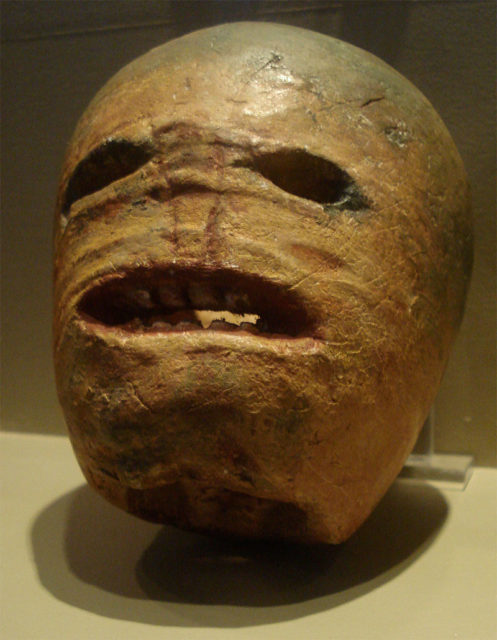
In his pocket, he had a silver cross which prevented the Devil from turning back into his shape, so he remained a coin.
Stingy Jack told the Devil that he would release him only if the Devil didn’t bother him for a year and if he didn’t accept him in hell when Jack died. The Devil was fair to their deal, but Jack was still Stingy and tricked the Devil once again.
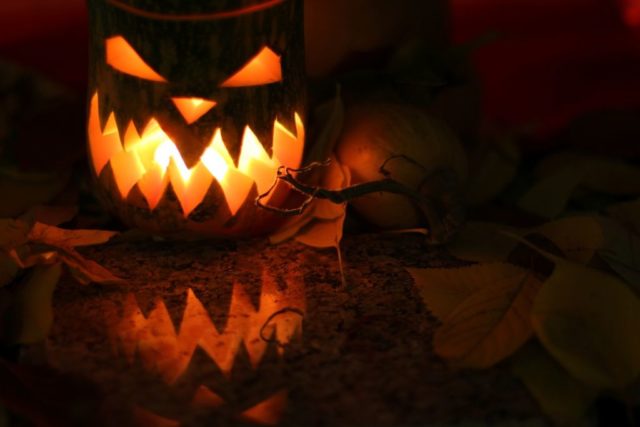
Jack convinced the Devil to climb a tree and pick him a fruit. While the Devil was up on the tree, Stingy Jack carved a cross on the tree so the Devil couldn’t get down.
In order to release him, Jack required ten more years of not being bothered by the Devil and, once again, for the Devil not to claim Jack’s soul when he died. Once again, the Devil agreed.
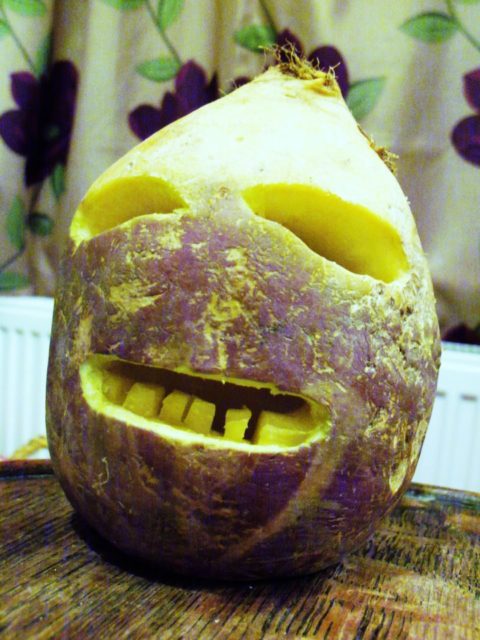
However, Jack died after just a few years. Neither God nor the Devil wanted to claim Jack’s soul. God said that he couldn’t accept such an indecent person in heaven while the Devil, on the other hand, couldn’t break the deal he had with Jack for not claiming his soul.
So he gave Jack only a burning coal to lighten his path and left him wondering in the dark night.
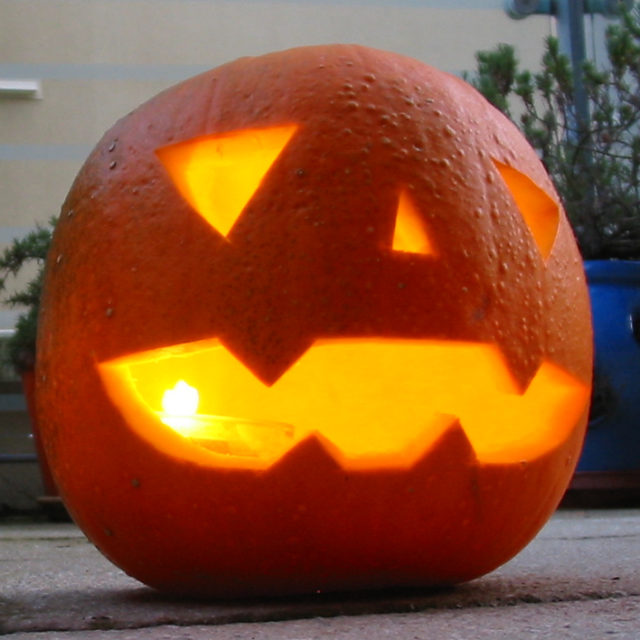
Nobody liked Stingy Jack, so people started carving potatoes with scary faces and placed them near the windows and doors of their houses in order to scare him away.
The legend and apparently Stingy Jack originate from Ireland where people refer to him as “Jack of the Lantern,” or “Jack O’Lantern.” A bit more south, in England, as the story and the tradition spread, people wanted to scare Jack even more so they started carving pumpkin or turnip lanterns.
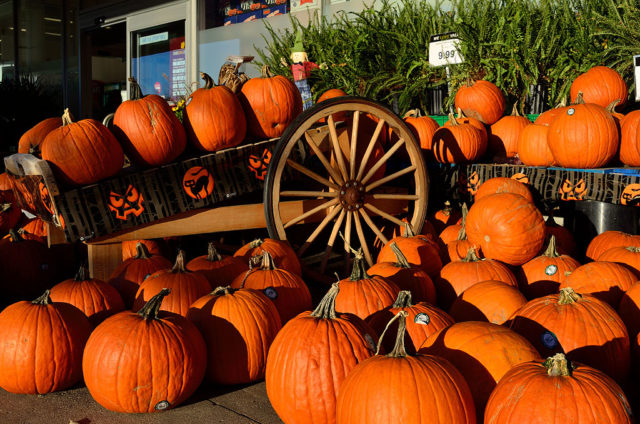
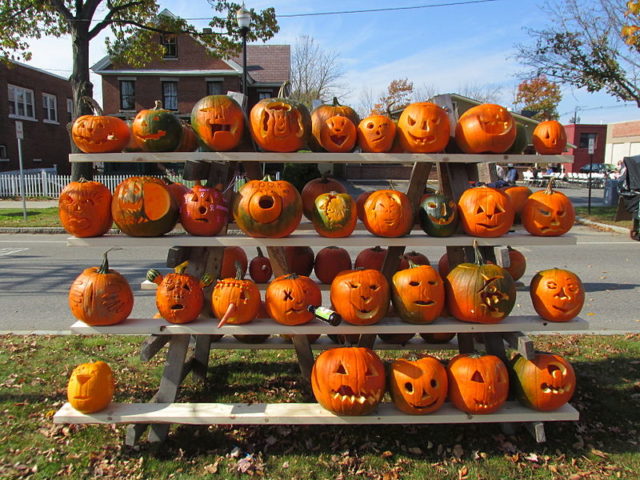
The legend was published for the first time in Dublin Penny Journal at Halloween in 1835. Two years later, Limerick Chronicle published an article about a bar competition in “the best crown of Jack McLantern.”
The term “McLantern” appears once again in 1841. According to tradition, the carving of pumpkin lanterns began in Ireland and Scotland and a bit later in England.
